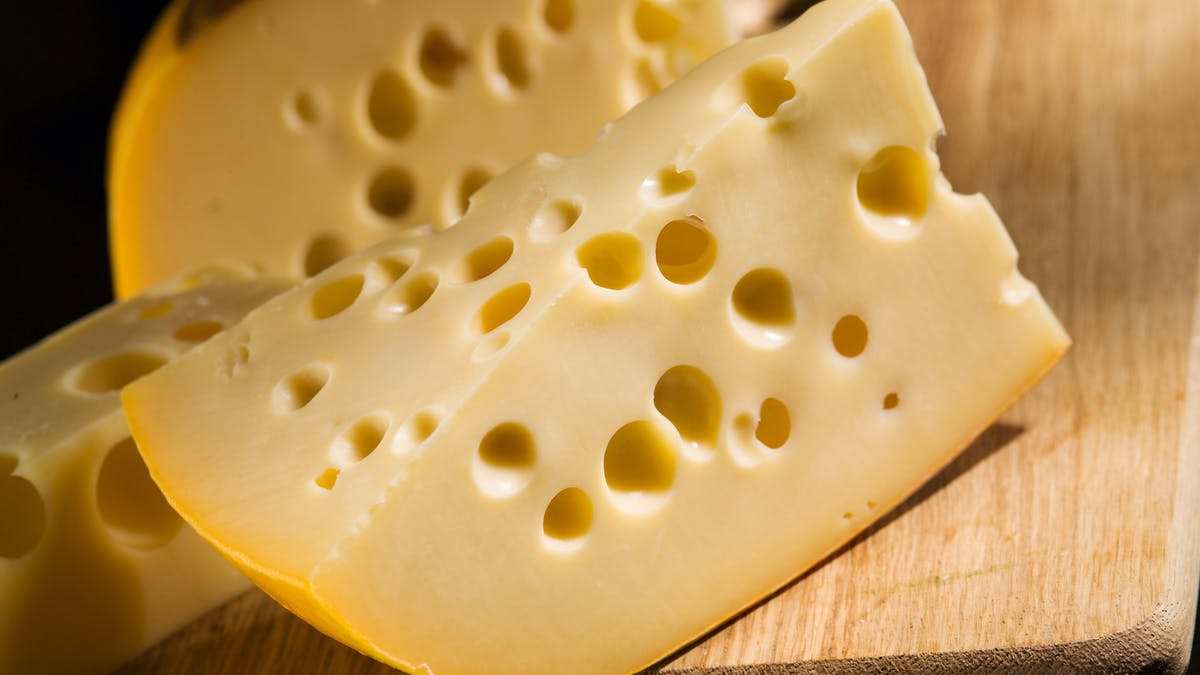Sweet cheeses
Jílek Matyáš
Cheese distribution:
The cheeses are sour and sweet. Sour cheeses are made by coagulating milk protein with lactic acid. Cottage cheese, for example, belongs to this group. The second group are sweet cheeses, which are the most common and are also called classic cheeses (I’ll talk about this here).
Distribution of sweet cheeses:

A little closer to sweet cheeses:
They are made by enzymatic (sweet) coagulation of milk using the effects of rennet. It tastes like sweet milk. The cheese-making process takes 30 to 120 minutes.
1) Fresh soft cheeses - unripened:
They are made as:
- unsalted cheeses (cream cheeses)
- salted cheeses (cream and butter cheese)
They are suitable for consumption directly after production. The cheeses may differ according to the predominant method of milk coagulation. If the clotting process is longer, the resulting cheese is similar to cottage cheese. When the process is shorter, a firmer consistency is formed (often flavored with garlic, chives,…)
Fresh cheeses have a slightly sour milky taste. The shelf life of cheeses can be extended by so-called thermisation (eg Lučina). Thermization is the thermal heating of a cheese mass to 60 to 70 degrees for several minutes. During this time, the present microflora will be destroyed. Mozzarella can also be included here, the cheese dough is still steaming.
2) Soft cheeses ripened:
They lose the similarity of cottage cheese. They have a soft, cohesive and sometimes crumbly to spreading consistency. They are divided into:
- Cheeses ripened under fat - (Romadur, beer cheese, dessert cheeses)
- Cheeses ripened in cold
- Cheeses ripened in salt - (Balkan cheese, Akawi)
- cheeses are stored in brine after shaping
3) Mold cheeses:
This is a group of cheeses in which, in addition to the common microflora, cultural molds (most often the genus Penicillium) are also involved in ripening. Molds affect the appearance and especially the taste of the cheese.
- Cheese with mold on the surface - (Hermelín, Camembert)
- cheese with mold inside - (Niva, Gorgonzola)
- combined - (Vltavín, Bavaria Blue)
4) Semi-hard cheeses:
They are divided into 3 groups
- Pressed cheeses - (Eidam, Gouda, Madeland) - the most widespread cheese category - Cheese grains are shaped into individual molds in press tubs. Maturation usually takes 4 to 6 weeks.
- cheeses not pressed
5) Hard cheeses:
- Cheeses with mesh formation - (Emmental) - they are also called Swiss-type cheeses
- Cheeses without mesh formation (Gruyère) and extra hard cheeses with a characteristic grain structure (Parmesan, Grana)
- Steamed cheeses
Cheeses as part of a balanced diet:
Cheese, like cottage cheese, is an important part of a balanced diet.
They include, for example:
- Milk protein - In cheese, milk protein contains all the amino acids essential for life. Cheeses contain + - 28% protein (quality meat about 20%). Thanks to the breakdown of molecules, cheeses are easier to digest.
- Minerals - cheeses have a high calcium content (100 g of Emmental contains 875 mg of calcium)
- Vitamins - the cheeses contain vitamins A, D, E, K, C and P. These vitamins support immunity and bone growth.


